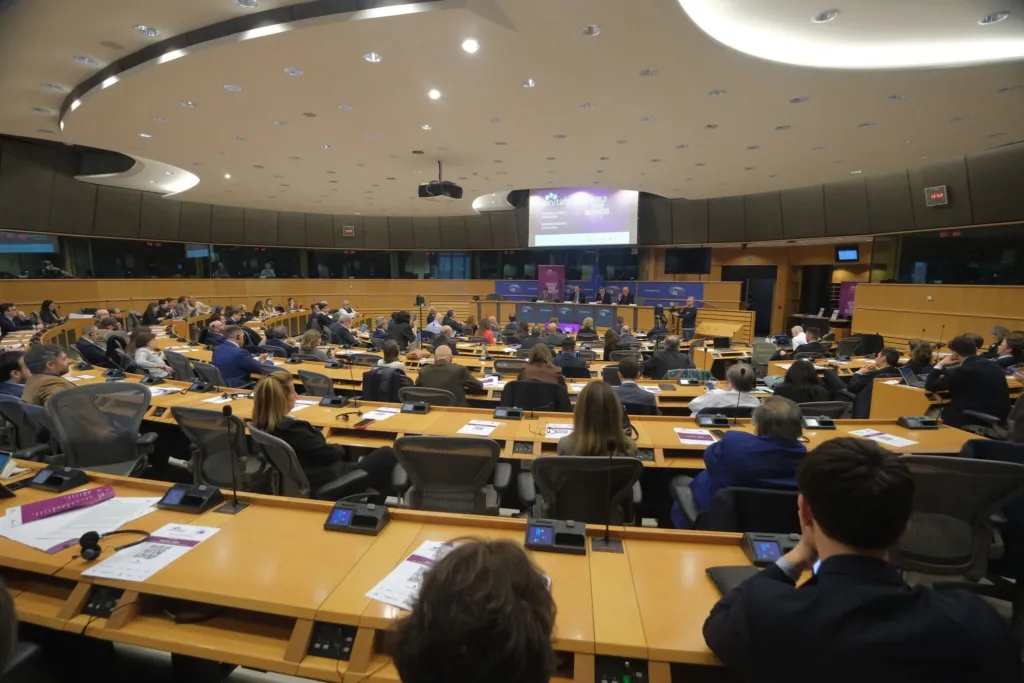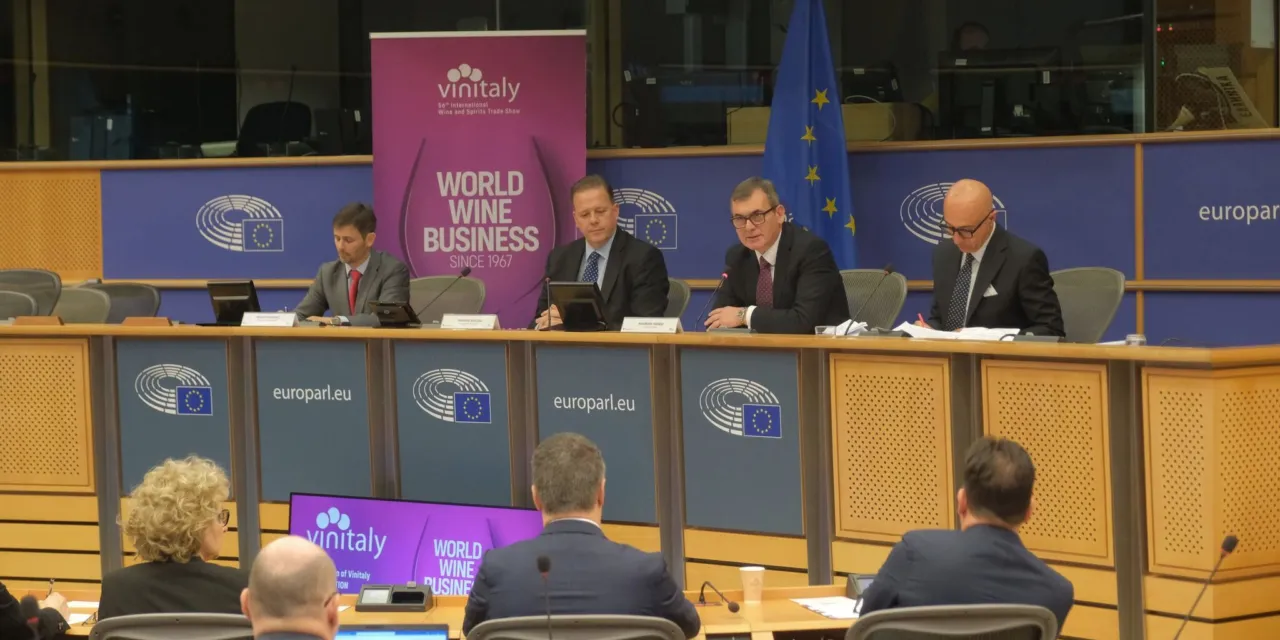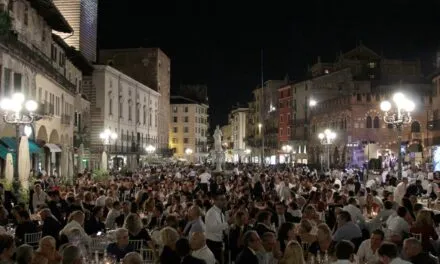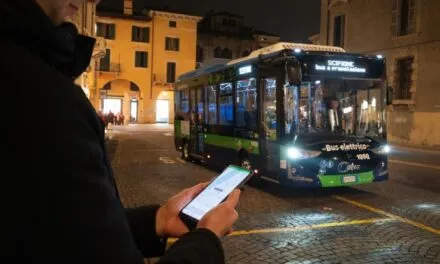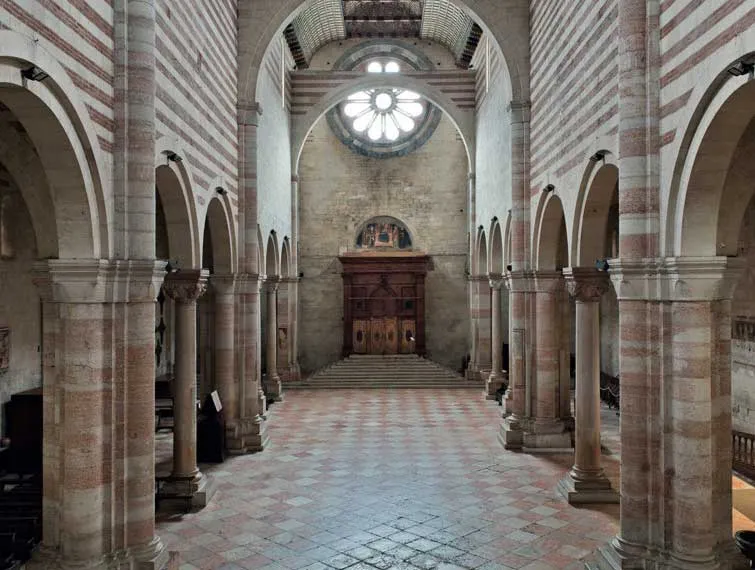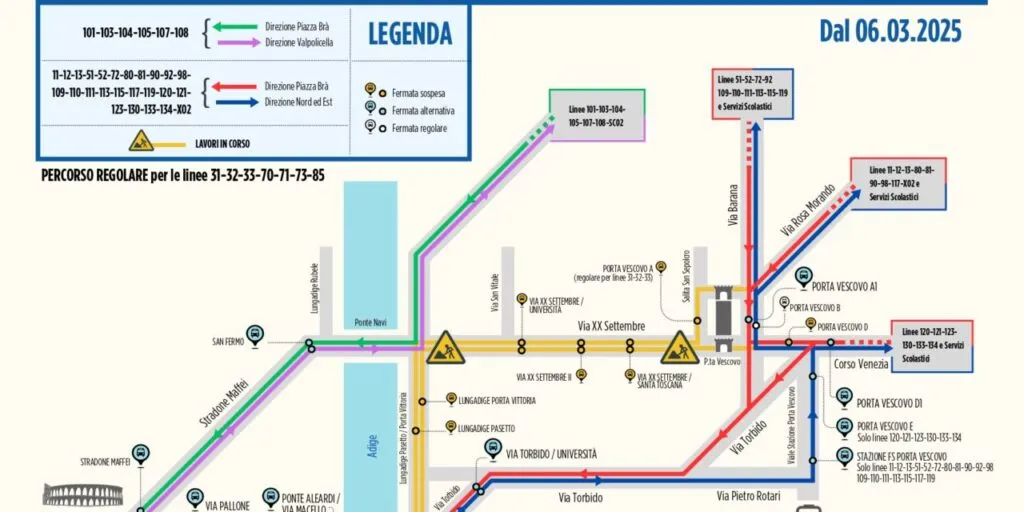VeronaFiere presented the 56th edition of Vinitaly, set to take place from April 14 to 17, on March 20 in the European Parliament. More than optimistic numbers and high expectations await the wine exhibit par excellence: 1200 top-buyers are expected, representing a 20% rise over last year and a 70% increase over 2022.
“This is the first presentation of Vinitaly that we are making at the European Parliament, which is the nerve centre of EU policy,” stressed Federico Bricolo, president of VeronaFiere. “The goal is to draw attention to Italian wine, which has Vinitaly as its trade show brand for international promotion.”
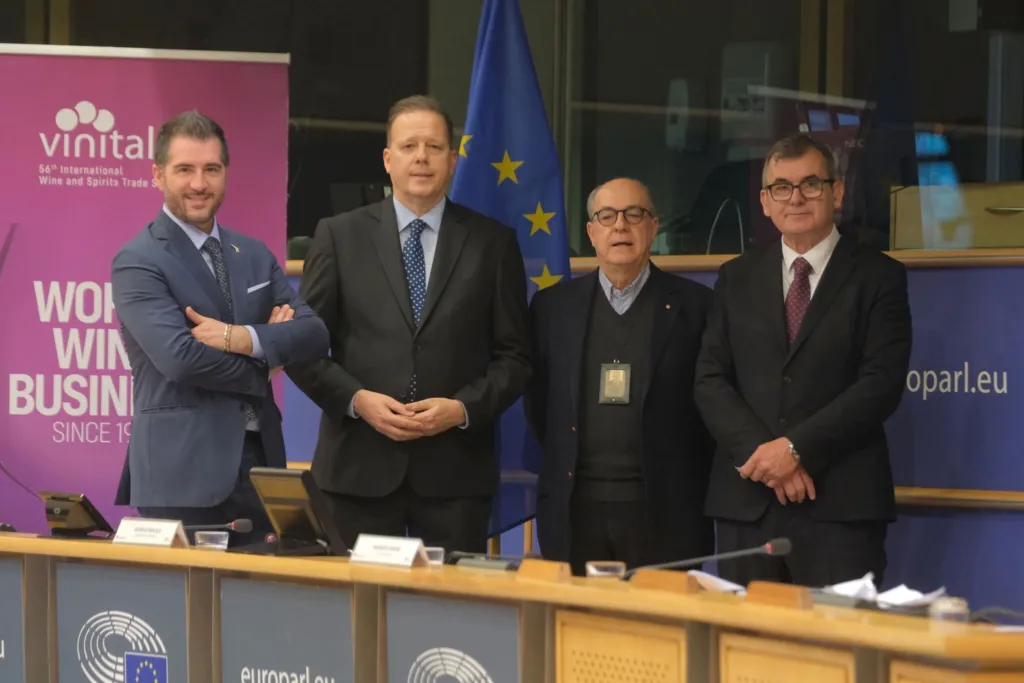

Indeed, the protagonists of international demand selected, invited, and hosted in Verona come from 65 countries, with an additional 30,000 foreign operators expected to arrive in Vinitaly from more than 140 countries. The United States continues to have the highest contingent of visitors, accounting for over 15% of arrivals, followed by three additional major non-EU destinations: Canada, China, and the United Kingdom, making up for 23% of arrivals altogether. At the macro-region level, North America and Europe have the highest proportion of top buyers (26% each), next to Asia and Oceania (23%), Eastern Europe (13%), Central and South America (7%), and Africa (4%). Overall, the 65 countries represented 95% of total Made in Italy wine exports.
Ignacio Sánchez, secretary general of Ceev (European Committee of Wine Companies), attended the press conference as well. “According to the survey we conducted with Pwc and are presenting today, European wine is worth 130 billion euros, with a tax contribution of 52 billion euros a year and 3 million employees.”
“On the occasion of the first National Day of Made in Italy (April 15),” Maurizio Danese, CEO of VeronaFiere, also continued, “we will present, together with the Minister of Agriculture, Francesco Lollobrigida, the research ‘If you take wine away from Italy, a dip in the glass half empty.’ A study, carried out by the Uiv-Vinitaly Observatory and Prometeia, on the impact that the Belpaese would suffer in socio-economic, tourism, and identity terms from a hypothetical disappearance.
